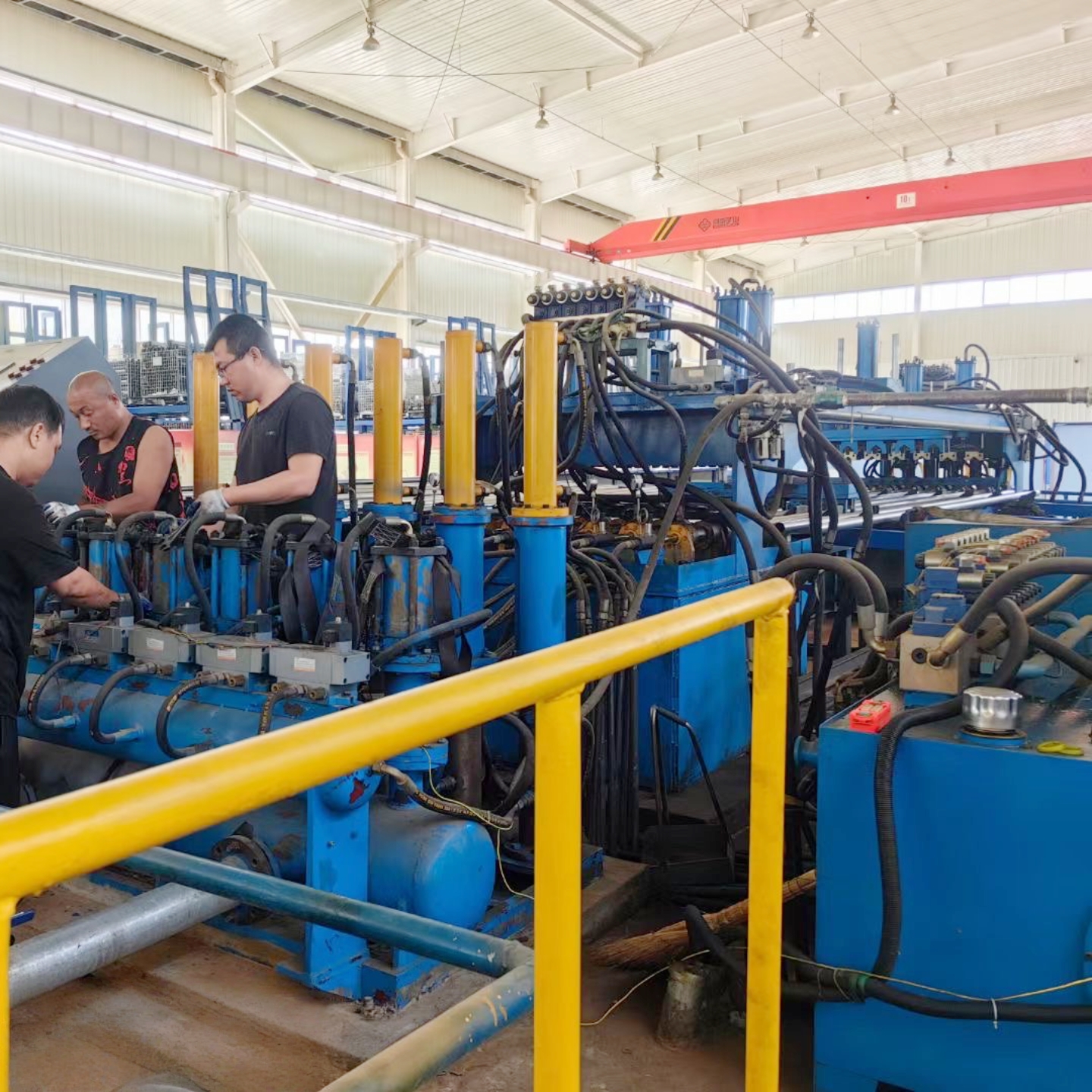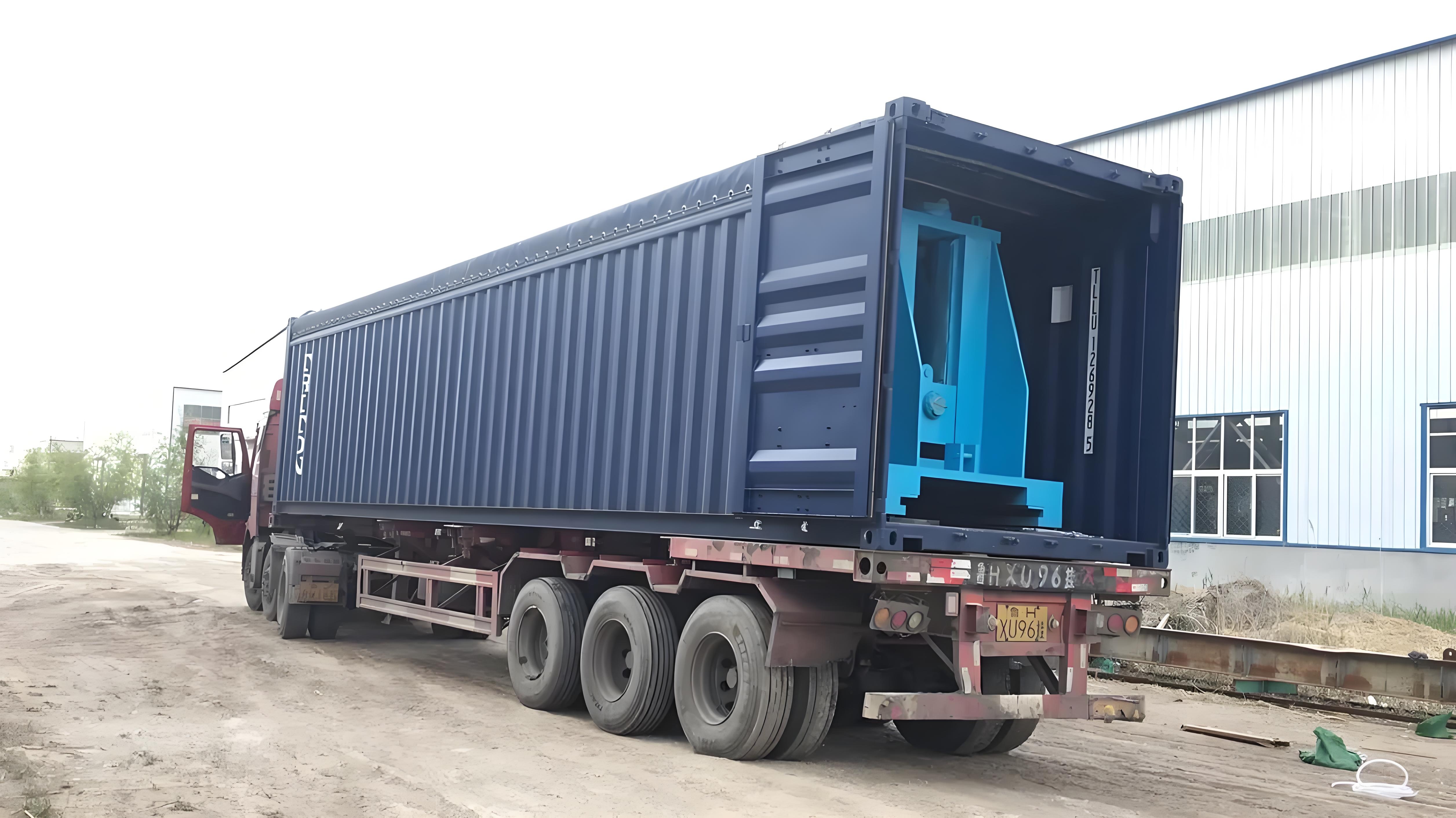When you’re in the business of manufacturing or testing steel pipes under pressure, compliance isn’t just paperwork—it’s your assurance that every pipe you deliver will perform safely and reliably. A non‑compliant test machine, vague procedures or missing records can cost you in quality, reputation and risk. Here’s how you can make sure your hydrostatic testing machine for steel pipes stays compliant and your results always stand up to scrutiny.
1. Know the Standards You Must Meet
Before running any test, you must understand which standards apply. For instance:
-
The American Society of Mechanical Engineers (ASME) codes such as B31.1 and B31.3 require the hydrostatic test pressure to be at least 1.5 times the design pressure of the system.
-
For pipelines transporting hazardous liquids in the U.S., 49 CFR 195 mandates testing to 125% of maximum operating pressure (MOP) for at least four hours.
-
The test process usually includes air purging, filling with water (unless another medium is justified), gradually raising pressure, holding, and then inspecting for leaks or deformation.
Knowing which standard applies to your pipe material, service conditions, and region gives you the baseline to build your procedure and machine setup.

2. Ensure Your Machine and Setup Are Fit‑For‑Purpose
Compliance isn’t just about following rules—it’s about equipment readiness and correct setup. Ask yourself:
-
Is the machine rated for the test pressure you intend? If your system needs 1.5× the design pressure, the machine must safely handle that.
-
Are the gauges, pressure transducers and control valves calibrated and traceable to recognised standards? If the machine is inaccurate, you’ll lose credibility.
-
Has the test pipe and its connections been properly cleaned and prepared? One guidance note for seamless steel pipe testing emphasises that all pipes and accessories should be clean and free of impurities before test.
-
Is the fill medium (water or otherwise) legitimate? In many standards, water is the default unless there’s a reason to use something different.
-
Are air vents installed at high points so that filling does not leave compressible air inside the pipe? Air pockets distort results.
If your machine hurls the pressure spike but your setup is weak, the result isn’t truly compliant.
3. Define and Follow a Written Test Procedure
Your machine doesn’t work in isolation. A documented procedure is your roadmap and audit trail. Key parts of that procedure should include:
-
Identification of the pipe segment: material, size, wall thickness, serial or batch number.
-
Test media, fill rate, and bleed/vent specification (to remove air).
-
Target pressure, hold duration, and criteria for what constitutes a pass or fail. For example: the ASME code says you should maintain the specified pressure continuously for a minimum time (e.g., 10 min) before reducing to design pressure and inspecting for leaks. ARANER
-
Inspection steps: What you look for during the hold period (pressure drop, visible leak, deformation), what you do after depressurisation.
-
Documentation: recording test pressure, temperature, start and finish time, operator name, machine ID, any anomalies observed.
Make sure every test run uses the same procedure unless formally changed—and any deviation must be recorded and justified.
4. Maintain Equipment, Train Operators, and Audit Results
Compliance is ongoing—not a one‑off. To stay on track:
-
Schedule regular calibration of gauges, sensors and transducers; keep certificates on file.
-
Inspect the machine’s hoses, fittings, valves and fixtures for wear or corrosion. A worn fitting may leak and invalidate a test.
-
Train operators: They must understand both the machine and the procedure. A well‑trained operator avoids setup errors, misreadings and unsafe practices.
-
Review test logs periodically: Are there trends? E.g., gradually increasing pressure drop over multiple runs might signal machine degradation or piping system change.
-
Document maintenance and audits: If you can show machine was maintained and functioning correctly, your test results carry more weight.
5. Keep Comprehensive Records and Traceability
When someone audits you or a client asks for verification, you’ll be expected to show more than a green “PASS”. You’ll need:
-
Machine calibration certificates.
-
The test procedure version and sign‑off date.
-
Test logs for each pipe: which pipe, what pressure, how long held, operator, machine used, result.
-
Final certificate or report stating pass/fail, any observations.
-
Evidence of maintenance, operator training, any deviations and corrective action.
Without strong documentation, even a properly executed test may lose its value in a compliance context.

Ensuring compliance with your steel‑pipe hydrostatic testing machine is a holistic effort: it spans machine readiness, procedure clarity, operator competence, and documentation integrity. If any one of these is weak, your test result is vulnerable. But when all are solid, you gain confidence: you’re not just testing pipes—you’re proving your quality system, your machine, your process and your company standard.